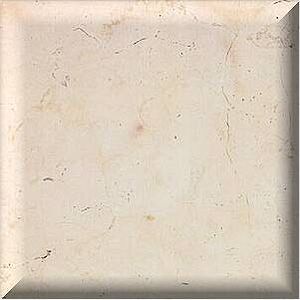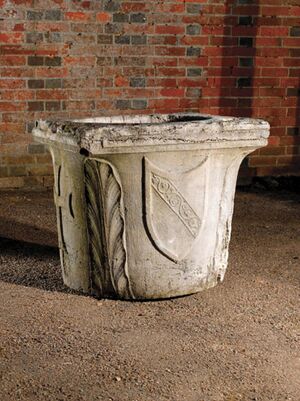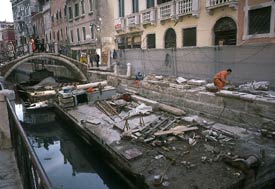Istria Stone

Istria stones, or Pietra d'Istria, are the signature white marble-looking stones upon which Venice is built. These stones share a common history with Venice because their unique properties.
History

Istria stones are harvested from quarries in Istria County, Croatia. Most of the stones were hued from the main quarries near Kirmenjak, Croatia and hence the stone is commonly referred to as Kirmenjak. The stones are believed to reside in the Upper Jurassic – Tithonian layers of the earth. In the 1400s These stones were shipped to Venice and were used by builders as an intermediate layer between the wooden posts supporting the city and the buildings that compose the city. The stone is still currently mined and used today as it was then.
Properties
| Measurement | Value |
|---|---|
| Water Absorption | ~0.2% mas |
| Compressive Strength | ~163 MPa |
| Coefficient of Abrasion Resistance | ~12.6cm³/50cm² |
- Kirmenjak is a dense micritic or pelmicritic stylolitised limestone with many special properties. The stone is a dazzling white color that is often confused with marble. Kirmenjak is also a very malleable stone; hence easy to carve and shape. Another property is the extreme water resistance of the stone; as the table on the right illustrates the stone barely absorbs any water at all. The stone is also very strong with a high compressive strength which means the stone can support massive weights without fracturing or crumbling. Erosion of the stone has been very limited despite its constant exposure to humid, saline, and acidic climate. The stone has been used without plaster or other protection from the elements.
Venice

Because of its close proximity, general availability, and unique combination of strength, water resistance, and pliability; Kirmenjak was a logical choose as the dividing layer within Venice's base. The stone helps to keep the wooden posts underwater thus preventing them from drying out and eroding. Also the stone helps to prevent the erosion of bricks and other building materials by providing a buffer zone between those materials and the salt water. The stone was not plastered or coated with any solution and yet has survived all of Venice's history and helped to preserve many of the public works of art that have been carved into the stones. The crucial role of the stone is so important that Venice has severe penalties for the use of similar looking imitations that lack the unique properties. The Flood of 1966 highlighted these exceptional qualities of the stone as the damage caused to other building materials was severe. Kirmenjek is still currently imported and used in many restoration and building projects within Venice.
References
NULL